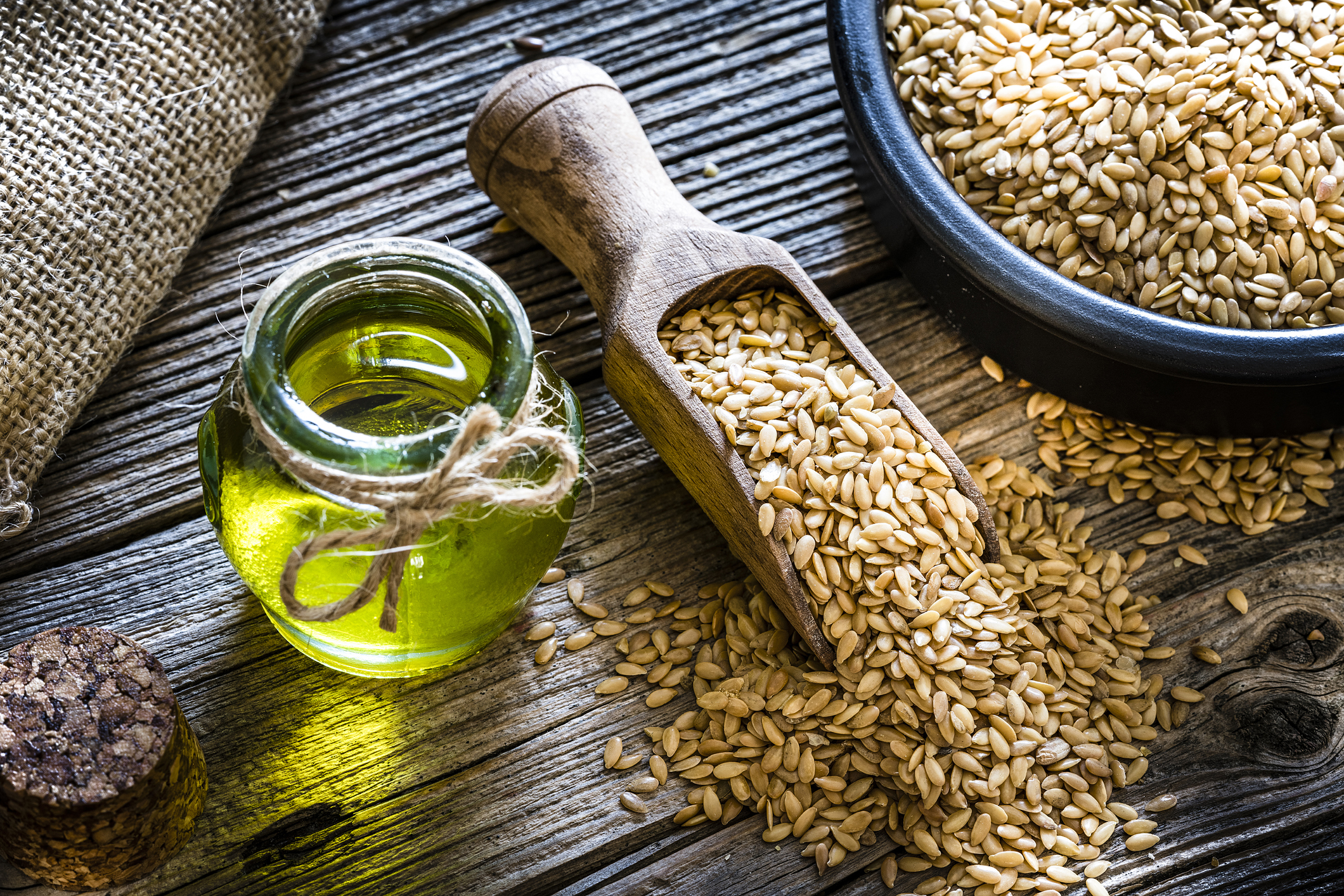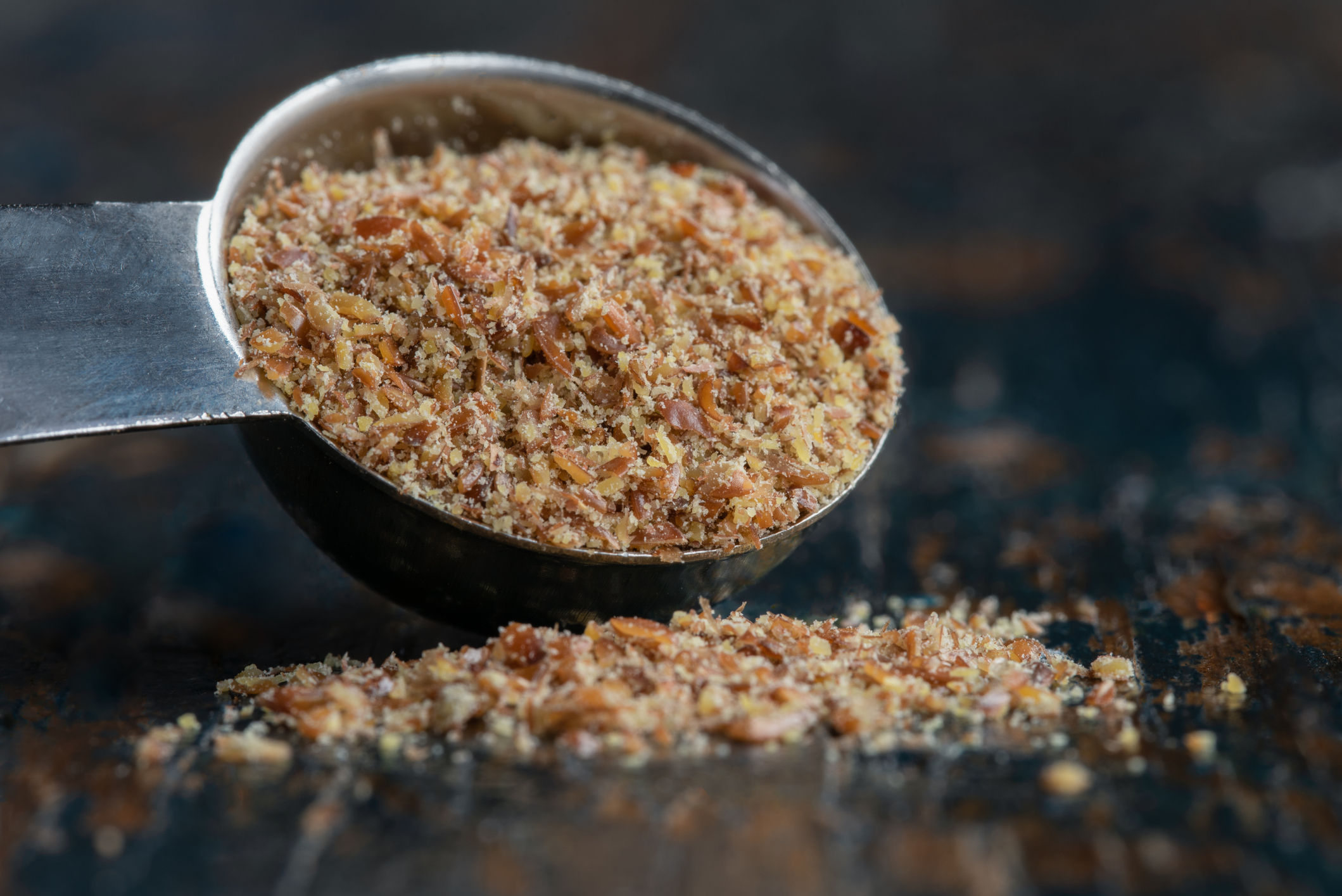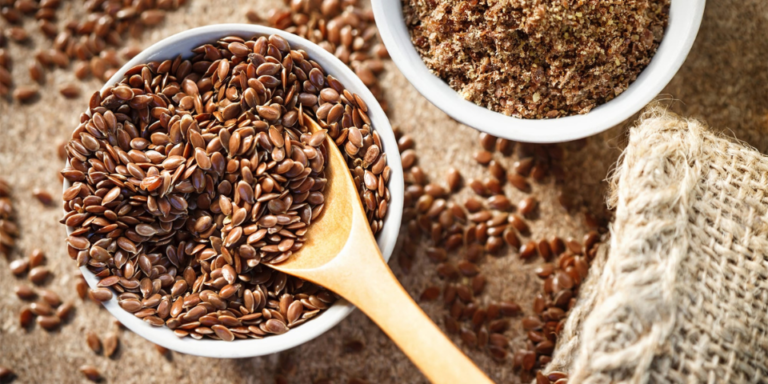The Truth About Flaxseed: A Closer Look at the Miracle Seed
Flaxseed, often touted as a cure-all for various health issues, may seem too good to be true. But is it really a miracle seed, or just another trendy health fad? Let’s delve into what flaxseed is, its proven benefits, and how you can incorporate it into your diet.
What Is Flaxseed?

Flaxseed comes from the flax plant, which is grown in cool climates like the Northern U.S. and Western Canada. The seeds of the flax plant are rich in nutrients and offer various health benefits. Flaxseed has a long history, initially used for fiber production and later for its oil in industries like paint and livestock feed.
There are two main varieties of flaxseed: gold and brown. While some claim one is superior to the other, both offer similar nutritional benefits.
Flaxseed Nutrition
- 37 calories
- 1.3 g protein
- 3 g fat
- 2 g carbs
- 2 g fiber
- 18 mg calcium
- 27 mg magnesium
- 57 mg potassium
- 0.4 mg iron
Flaxseed Benefits

1. Heart-healthy
Flaxseeds are rich in omega-3 fats, specifically alpha-linolenic acid (ALA), which can help reduce the risk of heart disease by improving blood pressure, cholesterol levels, and heart health.
2. High in fiber
Flaxseed is a great source of fiber, which aids in digestion, nutrient absorption, and can promote weight loss by increasing feelings of fullness.
3. Anti-inflammatory
The omega-3 fatty acids in flaxseed have anti-inflammatory properties, which can benefit various health conditions related to inflammation.
How to Eat Flaxseed

To reap the maximum benefits of flaxseed, it should be ground before consumption. Ground flaxseed can be added to various dishes like cereal, salads, or baked goods. It is versatile and can easily blend into both sweet and savory dishes. Remember to store ground flaxseed in the refrigerator or freezer to maintain its freshness.
It’s important to note the difference between flax meal and flax oil, as they offer slightly different benefits. Flax oil is rich in omega-3 fatty acids, while ground flax is a good source of minerals like magnesium.

